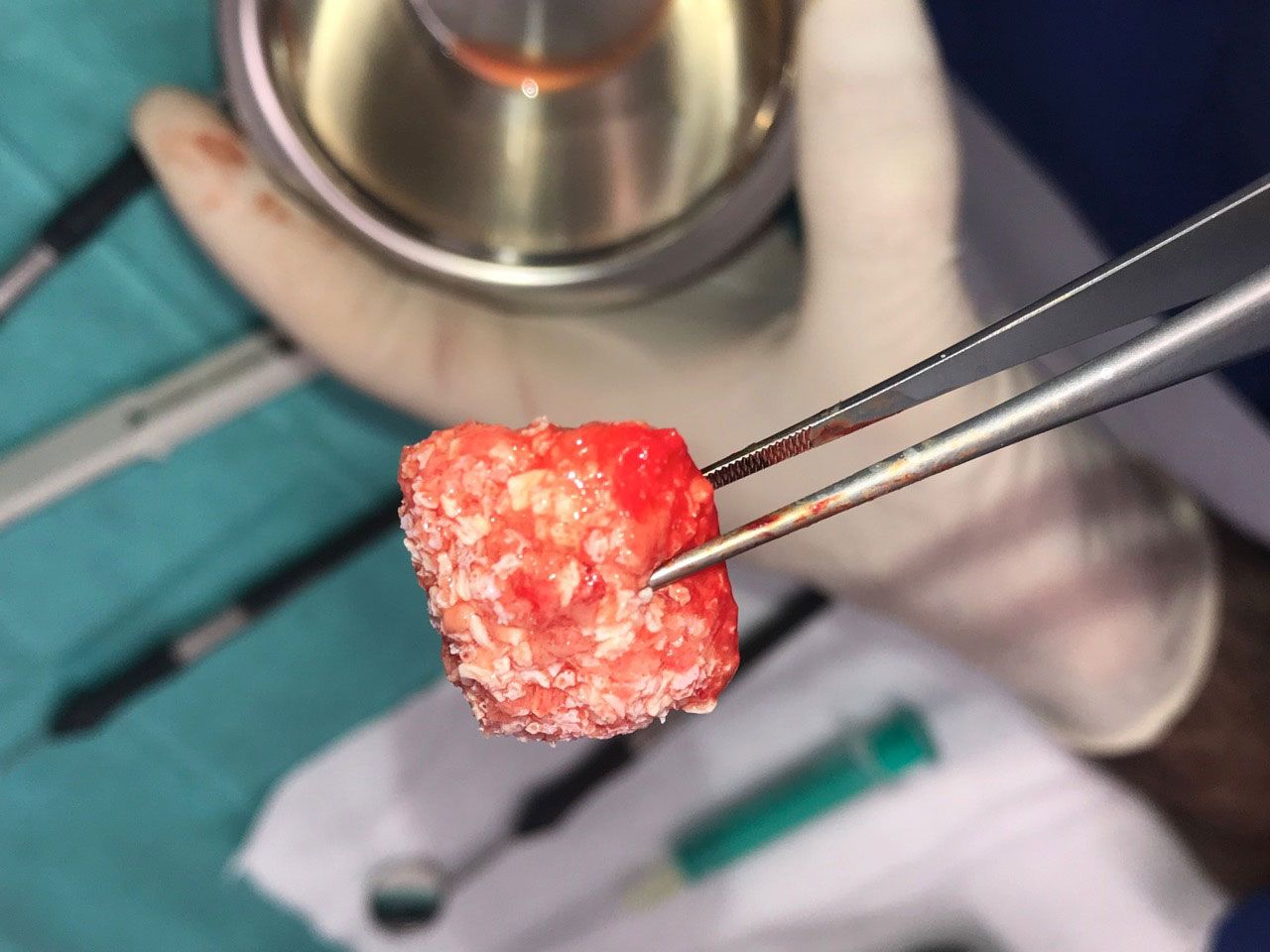-
Bone augmentation for dental implants
Bone augmentation
(Plasma graft)
Bone augmentation
Bone augmentation for dental implants
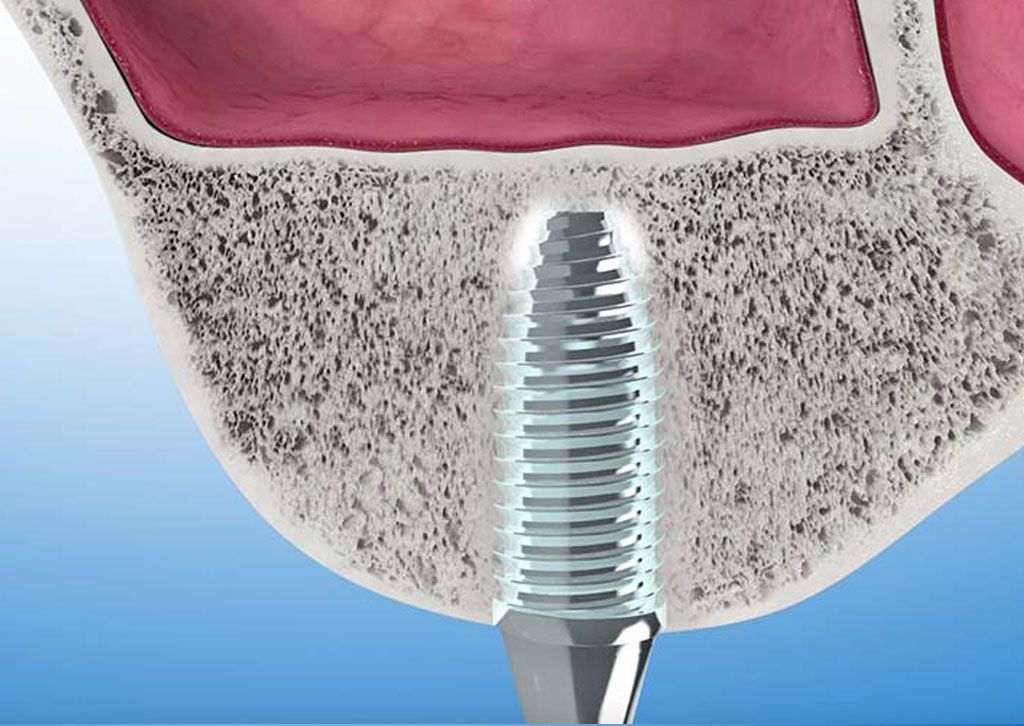
The construction of the jaw bone (med.: jaw augmentation) is necessary if there is a lack of bone substance in the upper or lower jaw.
If a dental implant is to be inserted, the implant must be firmly anchored in the jawbone. In order to ensure the secure hold of an implant, sufficient bone substance must be available in order to achieve optimum long-term results.
However, if the jawbone is not sufficiently thick or high enough, it is not suitable to provide the necessary support for the implant and the jawbone must first be prepared for the insertion of a dental implant.
Through professional bone reconstruction in our specialist practice for oral and maxillofacial surgery in Berlin Mitte, we can prepare the height, thickness and structure of the jawbone in such a way that a dental implant can be fitted, even if there have been gaps in the teeth for some time.
Reasons for bone augmentation
The causes of bone loss vary.
One of the most common reasons for bone loss in the upper and lower jaw is missing teeth. If one tooth is missing or several teeth are missing over a longer period of time and are not replaced, the jaw bones recede in this area due to the missing load. In this case it is called an inactivity atrophy, as a result of which the bone material often loses height and thickness.
- Long term, untreated, inflammatory diseases of the teeth or long-term improper oral hygiene with inflammation of the gums (periodontitis) are the triggers for bone resorption.
- A loose denture, which causes permanent pressure on the jawbone, can also lead to bone loss over time. The use of a removable denture for many years can also be responsible for a loss of substance.
- Other factors that can lead to the reduction of the jawbone are the natural ageing process, permanent grinding of the teeth as well as accidents in which the tooth substance has been damaged.
- In addition, there are a number of disease-related causes that often require complex surgical treatment. These include, for example, bone cavities caused by distant jaw cysts or tumours.
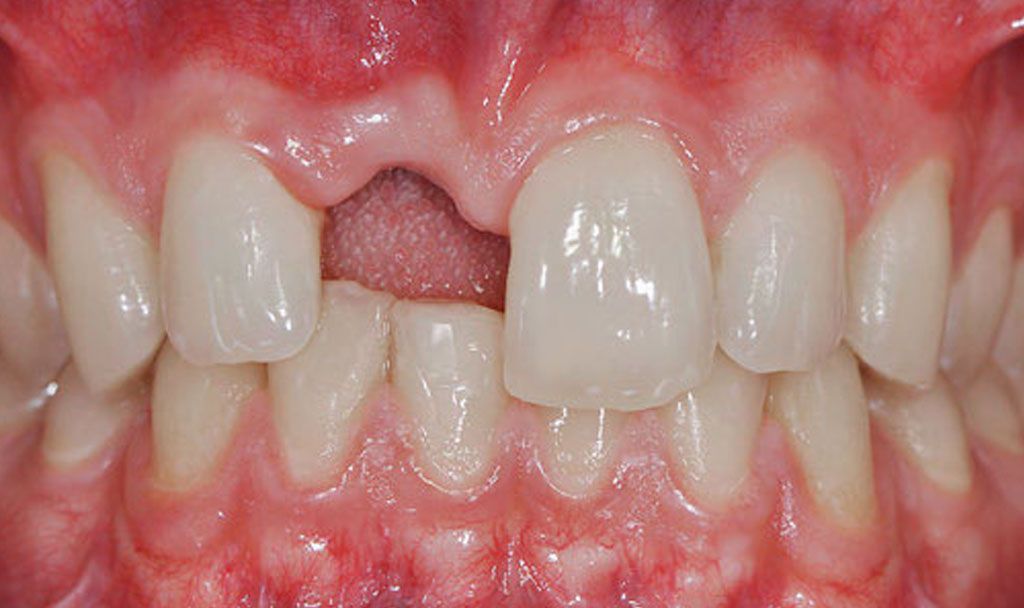
When is bone augmentation necessary?
A stable jaw bone is a prerequisite for the insertion of implants. Often implants can only be inserted into the jaw after a previous bone augmentation.
It is necessary to build up the jawbone if the existing bone is not suitable for the insertion of a dental implant. The implant must be securely and firmly anchored in the jawbone in order to replace the natural tooth in function and appearance in the long term. If the jawbone is too weak or has already been degraded due to tooth loss or other influences, bone augmentation must first be carried out in order to create the necessary conditions for implant fixation. The bone structure is also important for the firm hold of dental implants. For example, a dense jawbone is much better suited for holding dental implants than a thin, porous bone. In the aforementioned cases, our treating specialist will suggest suitable bone augmentation methods to fulfill your wish for a dental implant. The specific treatment is based on the diagnosis. For very advanced bone resorption, there are other therapy options available.
Which materials are suitable for bone augmentation?
In modern dentistry today there are many possibilities to successfully design bone augmentation for the insertion of a dental implant. Bone augmentation either uses so-called bone replacement materials, which are produced synthetically, or it works with the body’s own substances.
In our specialist practice for oral and maxillofacial surgery, we work with the body’s own material for bone augmentation, among other things. The bone substance required for this can, for example, be removed from another part of the jaw, depending on the quantity required. The wisdom tooth area is often the best place to do this. If bone atrophy has already progressed considerably and a larger amount of bone substance is required, the pelvis has become established for the removal of bone material.
In the case of synthetic products, we work exclusively with biological materials (biocompatibility). Synthetic and endogenous materials are often combined in bone augmentation.
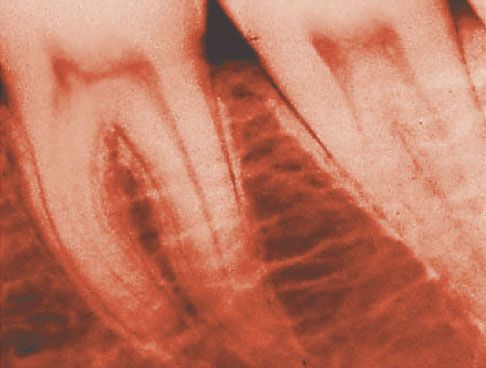
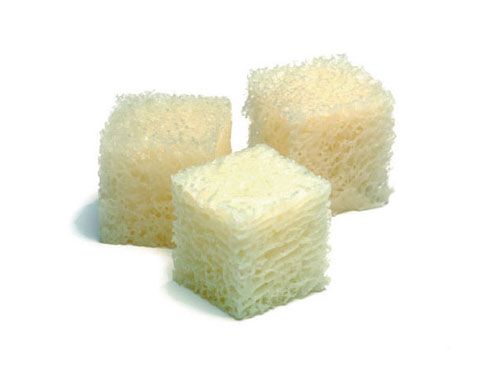

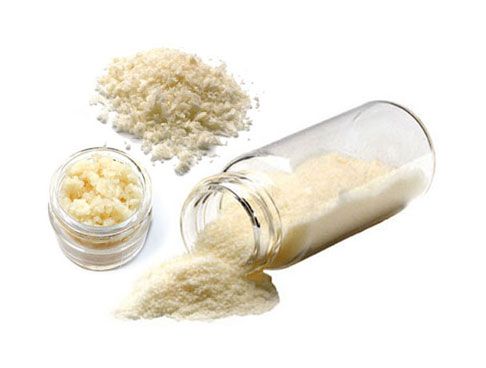

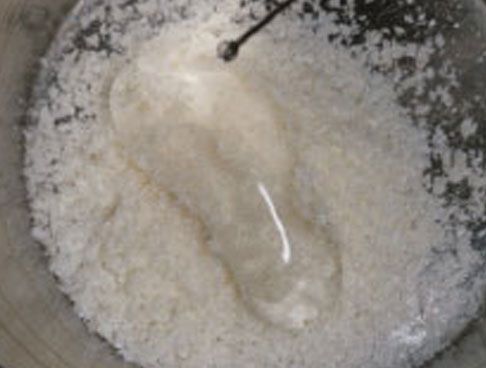


What are the advantages of using the body’s own bone material?
It makes sense to use the body’s own bone material because defence and rejection reactions occur only very rarely with the body’s own bone material. The healing process is also comparatively faster. In addition, fewer complications are to be expected overall. Bone replacement material can be used as an alternative to the body’s own material. Bone replacement material is also well accepted by the body and heals well according to experience. Our treating specialist for oral and maxillofacial surgery in Berlin will explain to you in detail during a personal consultation which method is suitable for you and whether bone augmentation is necessary at all.
Video – Extraction sockets management
Video – Small bone augmentations
Plasma graft (plasma stabilized composite graft)
The bone augmentation technique that produces safe, predictable and lasting results. We solve complex augmentations with unbeatable efficiency and maximum patient acceptance!
Over the last few years there has been a constant change in bone augmentation techniques. The own bone was propagated as the gold standard, but this was often accompanied by problems at the extraction site (pelvis/lower jaw margin) and with transplant resorption. Foreign materials could only be used for certain indications and usually had to be combined with the patient’s own bone. Stabilizing these grafts was often difficult and time-consuming. Thanks to the ongoing development of surgical techniques by excellent national surgeons, we have now arrived at Augmentation 2.0, the plasma-stabilized composite graft.
This is where all experiences from practical clinical application come together. Foreign bone is combined with the patient’s own bone and moved and stabilized using autologous plasma (PRP/PRGF). As a product, we receive a biological graft that contains all the properties and growth factors for successful bone augmentation. This technique is unbeatable, especially for high-risk patients and complex, extensive bone augmentation.
The advantages of plasma graft at a glance
- An inpatient stay with the removal of the iliac crest and often long postoperative recovery times are a thing of the past!
- We apply short, focused and efficient procedures that are safe and predictable.
- In combination with modern forms of anaesthesia, we achieve maximum patient acceptance for our procedures.
How does bone regeneration treatment work?
If bone augmentation is necessary, we will discuss the procedure with you in detail beforehand and you will be given an appointment for the treatment. The procedure itself is performed on an outpatient basis. The average duration of this outpatient procedure is approximately one hour.

On the day of treatment you will receive a local anaesthetic for the procedure. A general anaesthetic can also be given on request or in the case of a more extensive procedure.
If we work with the body’s own material, the required bone material is first removed at a suitable location and then inserted at the site where the bone is to be built up.
If we work with synthetic material, the first step is omitted and we immediately insert the bone substitute material at the site of bone augmentation. This is usually done within one treatment appointment.
To fix the bone material, the surgeon uses biologically compatible fixing materials. The surgeon then closes the surgical site with a suture. After a few months, the bone or bone substitute material has healed and the surgeon can insert the implant. The implant will later wear the desired crown.
An overview of the most important facts concerning bone augmentation:
Duration of operation: 1-2 hours
Anaesthesia: local anaesthesia, twilight sleep, general anaesthesia
Ability to work: after 3-7 days
Wound healing: 10-21 days
For details on the respective bone augmentation procedures, we will be happy to advise you on the basis of your individual request. Please contact us to arrange for a personal appointment.
This might also be of interest to you
Dr. med. Sven Heinrich
Specialist for oral and maxillofacial surgery
plastic and aesthetic operations
– Focus of activities: implantology –
Address:
Friedrichstraße 63
(Entrance Mohrenstraße 17)
10117 Berlin
Opening hours
Mo. to Thu.:
08:00 – 18:00 o’clock
Friday by arrangement
Contact us
Phone: +49 (0) 30 / 84 52 48 88
Email: post@dr-heinrich.berlin
Appointment: arrange here




